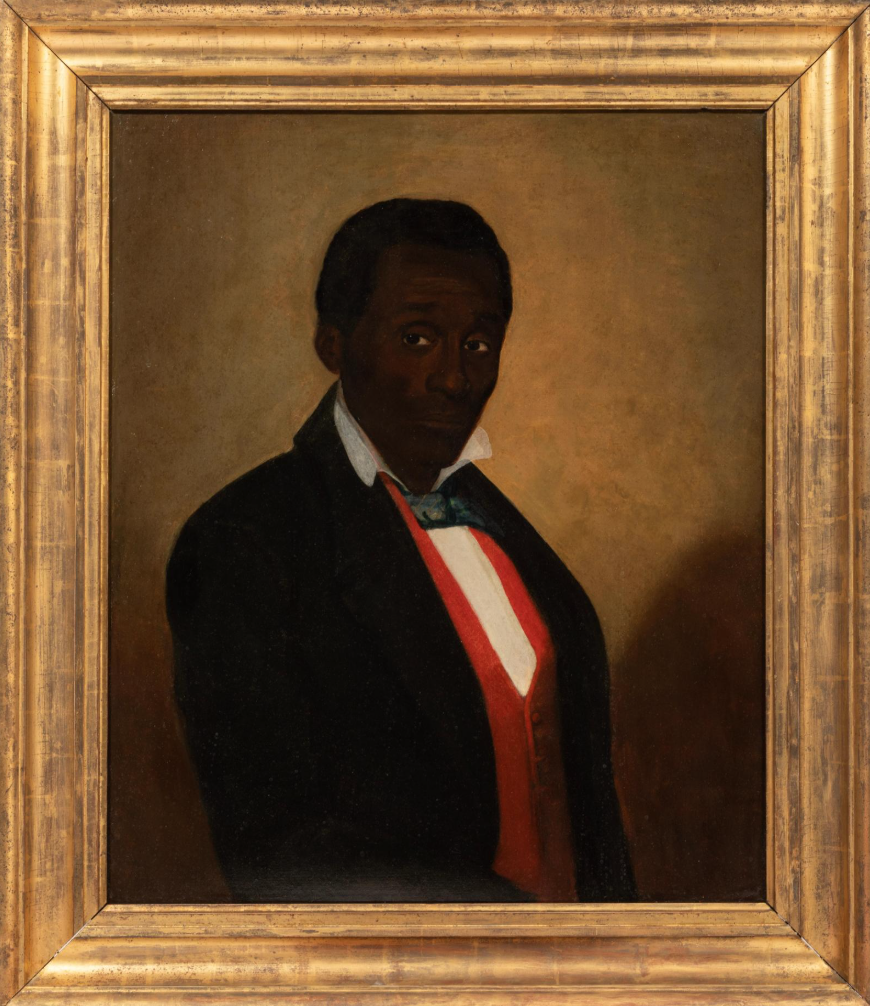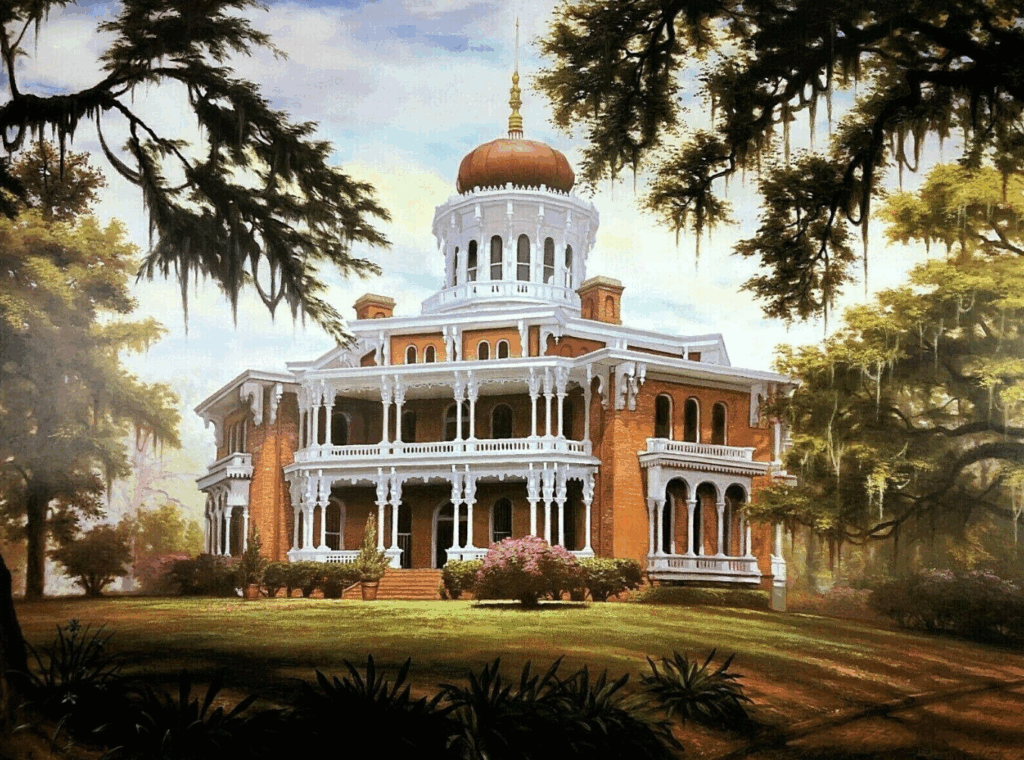BLOG
Finds and Interests
Each day, I can’t wait to see what exciting items have gone under the hammer at auctions held by our WorthPoint Industry Partners. Our Price Guide updates daily, with thousands of new items streaming in, and I always try to highlight a few of my favorites to share with our followers. There’s usually a good story behind so many of these pieces, and sharing my passion for antique and vintage items is the best part of my job.

While the story behind one recently auctioned portrait is worth 1,000 words, the auction price for the painting Portrait of Frederick was much higher. Attributed to artist C.R. Parker (1799-1849), who painted it around 1840, it sold for $605,062 in a recent auction from Neal Auction Company, a trusted WorthPoint Industry Partner and a prestigious auction house in New Orleans, Louisiana.
The portrait is unique for its time because it featured an enslaved person rather than a wealthy landowner or public figure. Portrait of Frederick features a middle-aged man who lived at the antebellum mansion Longwood in Natchez, Mississippi, and worked for Julia and Haller Nutt, a prominent and wealthy family in the cotton business. Samuel Sloan, a well-known architect from Philadelphia, designed the octagonal-shaped home, and construction began in 1859. When war broke out in 1861, workers, most of whom were from the Northern states, had only completed the first floor. Upon hearing the war news, the builders immediately left the property, and some of their tools still remain on the property where the workers left them.

Haller Nutt was in the cotton business, like many southern merchants, but he was also an agricultural expert and developed an advanced strain of cotton. Haller Nutt supported the North and the Union cause, but like many others in the South, the war wiped out his fortune. Haller died in 1864, and his family lived in the nine rooms completed by the builders until his wife Julia died in 1897. The interior rooms of the home’s upper five floors were never finished, but Ulysses S. Grant spared the house from destruction because the family supported the Union. It remained the property of the Nutt family until 1970, when the Pilgrimage Garden Club received it as a donation.
The portrait is an example of a time when the opulence of the South seemed as if it would last forever. It is also a stark reminder of the devastation of the war and its impact on so many families. The home was an example of Oriental Revival Style, sometimes called Exotic Revival. Popular in the 1850s, the style was opulent and ornate. Longwood is the largest octagonal home in the United States and is on the National Register of Historic Places.